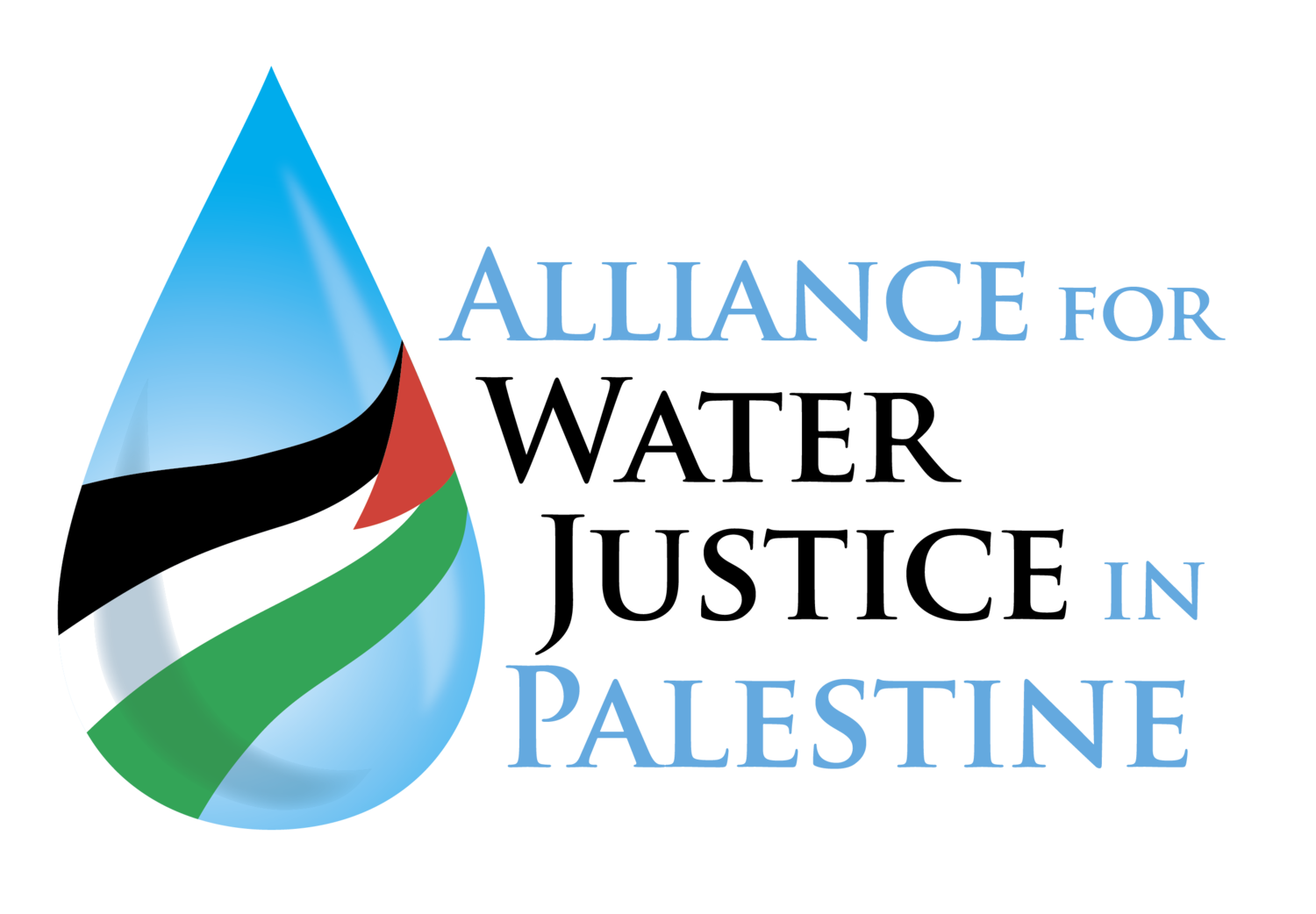Key points
Between 14:00 of 6 December and 14:00 of 7 December, at least 350 Palestinians were killed and 1,900 injured, according to the Ministry of Health (MoH) in Gaza, and five Israeli soldiers were killed, according to Israeli sources. Heavy Israeli bombardments from air, land, and sea across Gaza continued, with focus on the Middle Area. Simultaneously, ground operations and fighting significantly intensified and the firing of rockets by Palestinian armed groups to Israel continued.
On 7 December, Israeli military forces detained between dozens to hundreds of Palestinian men and boys from the age of 15 in a school in Beit Lahia, in the north, where they were sheltering, according to media sources. The detainees were stripped, tied, and transferred to an unknown location. Israeli official sources indicated that the possible affiliation of the detainees with Hamas is being investigated.
On 7 December as of 22:00, 69 trucks carrying humanitarian supplies and 61,000 litres of fuel entered from Egypt into Gaza. This is well below the daily average of 170 trucks and 110,000 litres of fuel that had entered during the humanitarian pause implemented between 24 and 30 November, and the average of 500 truckloads (including fuel) that entered every working day prior to 7 October. On 7 December, 121 sick people and 491 foreign or dual nationals were evacuated from Gaza to Egypt.
The ability of the UN to receive incoming loads of aid has been significantly impaired over the past few days by several factors. These include a shortage of trucks within Gaza, with some being stranded in the Middle Area, which has been severed from the south; telecommunications blackouts; and the increasing number of staff who were unable to report to the Rafah crossing due to the hostilities.
On 7 December, the Under-General Secretary stated in a press briefing: “We do not have a humanitarian operation in southern Gaza that can be called by that name anymore. That the pace of the military assault in southern Gaza is a repeat of the assault in northern Gaza. That it has made no place safe for civilians in southern Gaza, which had been a cornerstone of the humanitarian plan to protect civilians and thus to provide aid to them. But without places of safety, that plan is in tatters.”
On 7 December, Rafah was the main governorate in Gaza where limited aid distributions took place. In the adjacent Khan Younis governorate, except for delivery of medical supplies to two hospitals, aid distribution largely stopped due to the intensity of hostilities. The Middle Area was largely disconnected from the south, following Israeli forces’ restrictions of movement along the main roads. Access from the south to areas north of Wadi Gaza (hereafter: the north) came to a halt on 1 December, with the resumption of hostilities.
On 7 December, WHO delivered trauma and emergency care supplies to the European Gaza Hospital and Nasser Medical Complex in Khan Younis, to cover the needs of 4,500 patients. This was the first delivery mission since 29 November, despite active hostilities in the area.
Influx of internally displaced persons (IDPs) to Rafah continued on 7 December. Since 3 December, tens of thousands of IDPs have arrived, the majority from across the Khan Younis governorate. Humanitarian actors in Gaza are reporting extreme overcrowded conditions and lack of basic resources in Rafah, where there is no empty space left for people to shelter, not even in the streets and other open areas. Thousands of people wait for hours in large crowds around aid distribution centres as people are in desperate need of food, water, shelter, health, and protection. There are concerns of a breakdown in law and order under these conditions.
On 7 December, the Palestine Red Crescent Society (PRCS) announced that the operations at their ambulance centre in the north of Gaza has come to a halt. The depletion of fuel for vehicles and closure of hospitals operating in the northern region made it impossible to evacuate wounded people. However, ambulance teams were still handling minor and moderate cases in Jabalia, treating about 250 injured individuals daily.
On 7 December, an additional area across Jabalia, Az Zaytoun, Gaza old city and Ash Shuja’iyeh, encompassing about 30 square kilometres was designated by the Israeli military for immediate evacuation to shelters in the west. This area was home to about 500,000 residents and an estimated 200,000 IDPs who took shelter in 70 designated emergency shelters in October 2023.
Read the full report: Hostilities in the Gaza Strip and Israel | Flash Update #62
“Enough is enough – the fighting must stop. The humanitarian system is on the verge of collapse. We must avoid such an outcome at all costs.” Emergency Relief Coordinator, Martin Griffiths. Photo by Ashraf Amra for UNRWA


